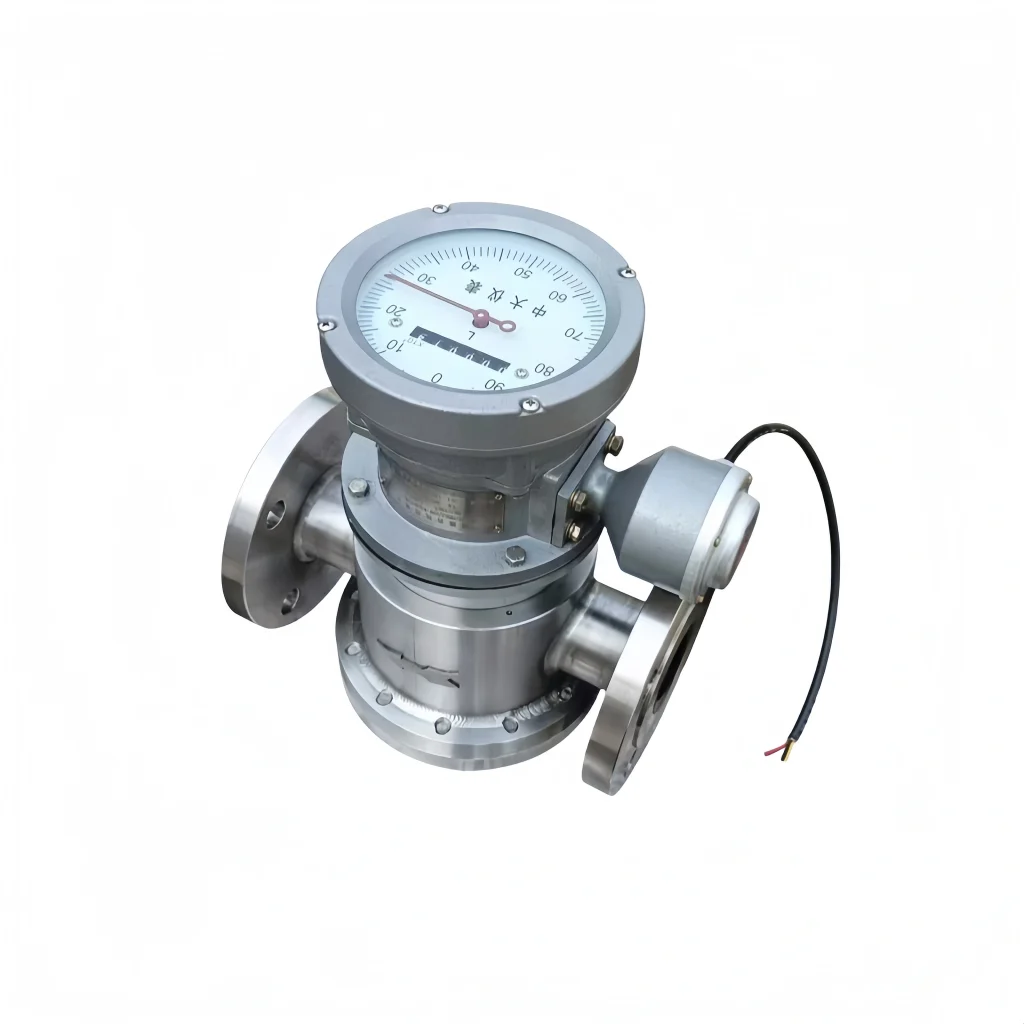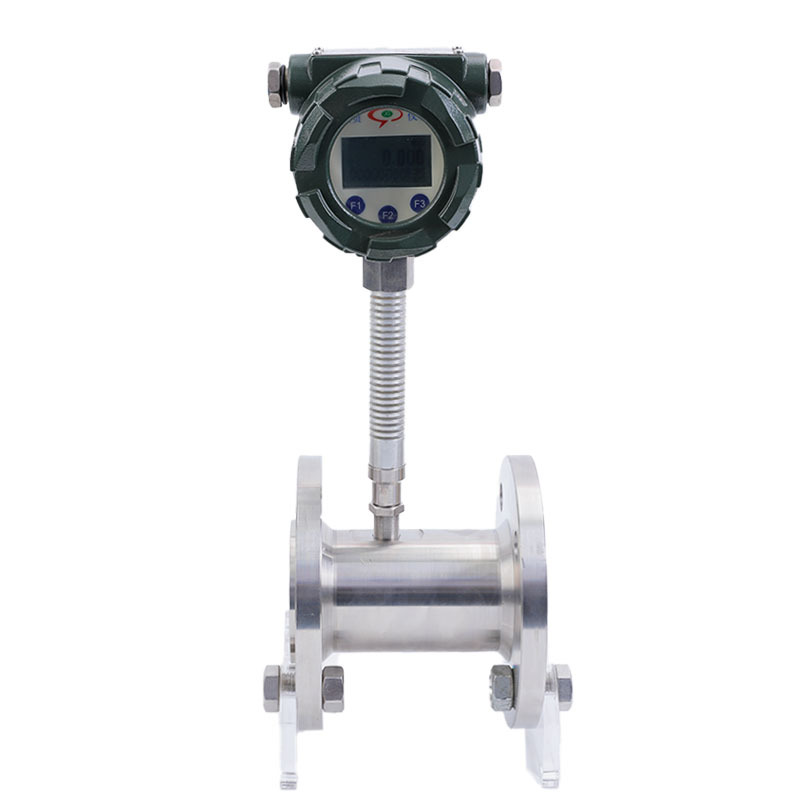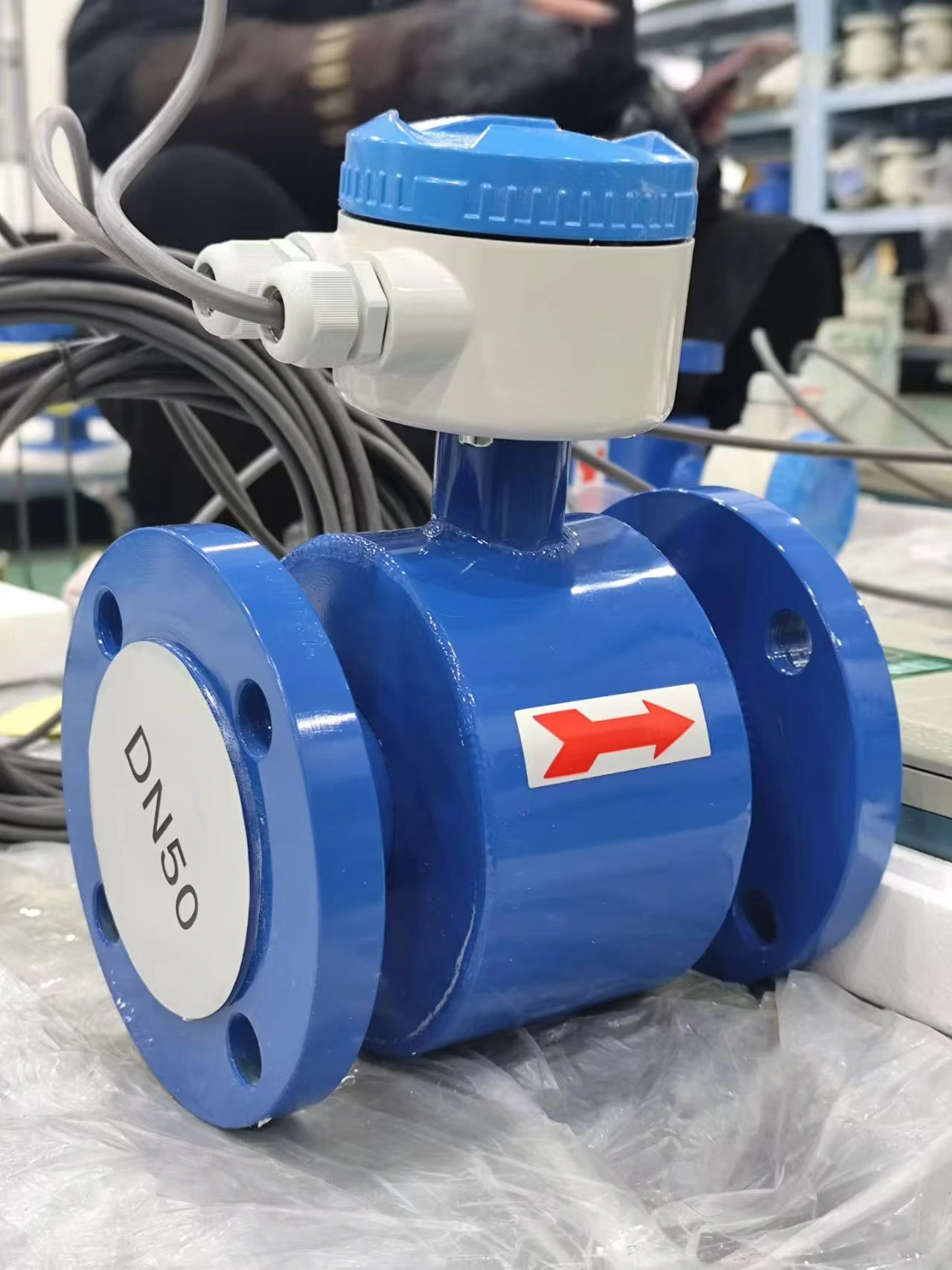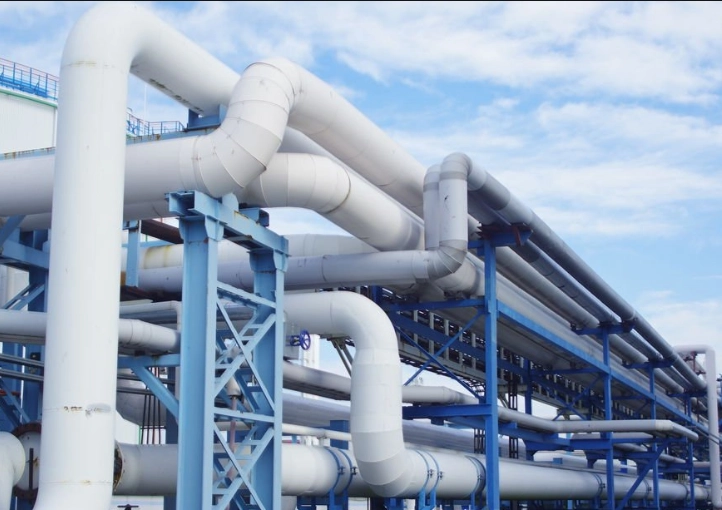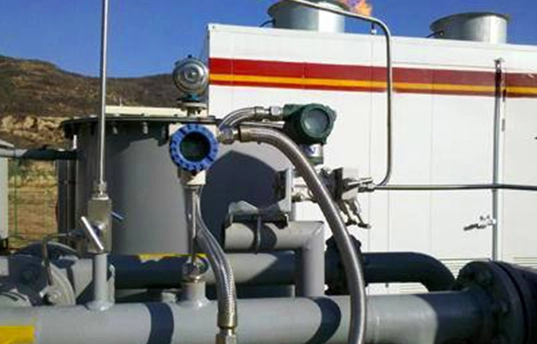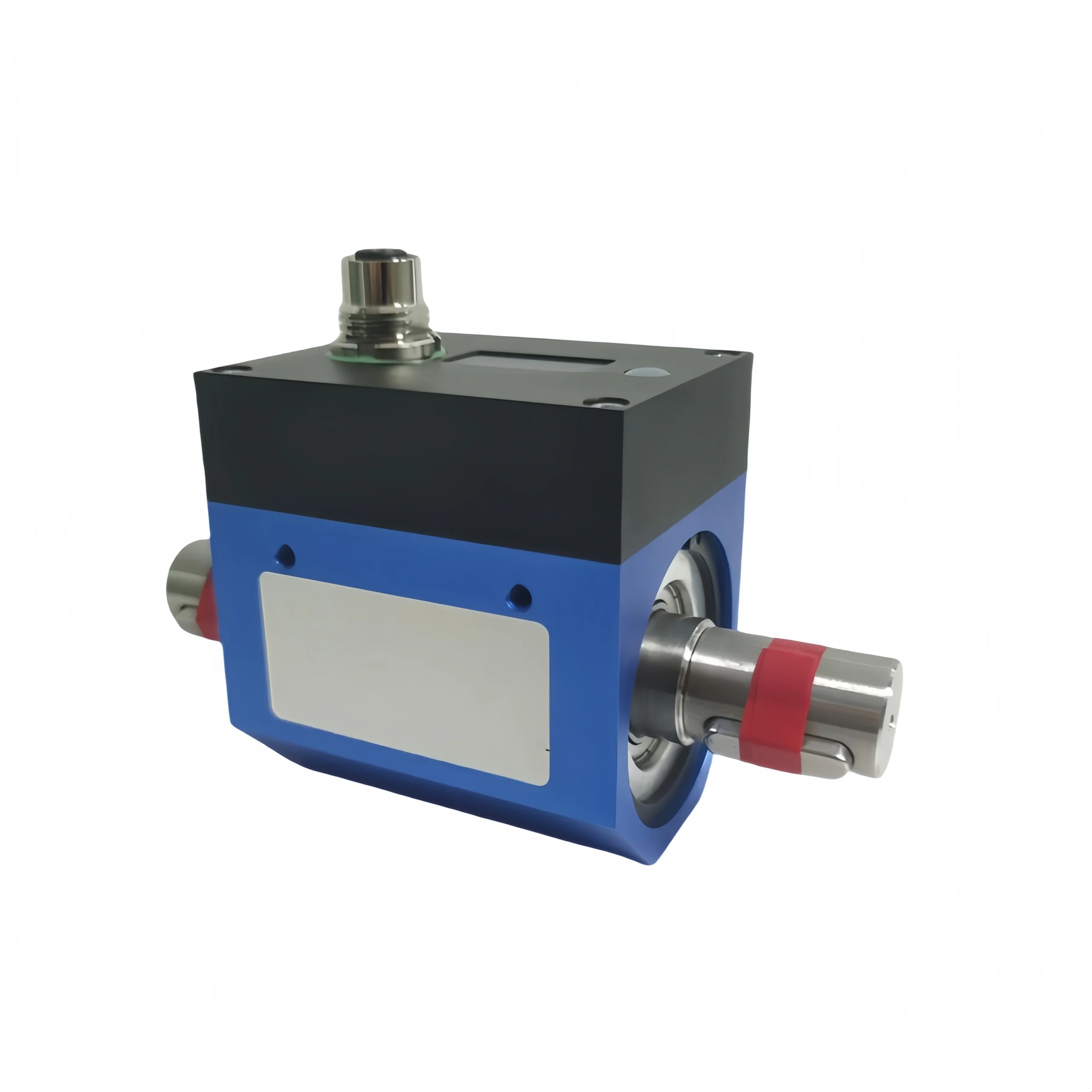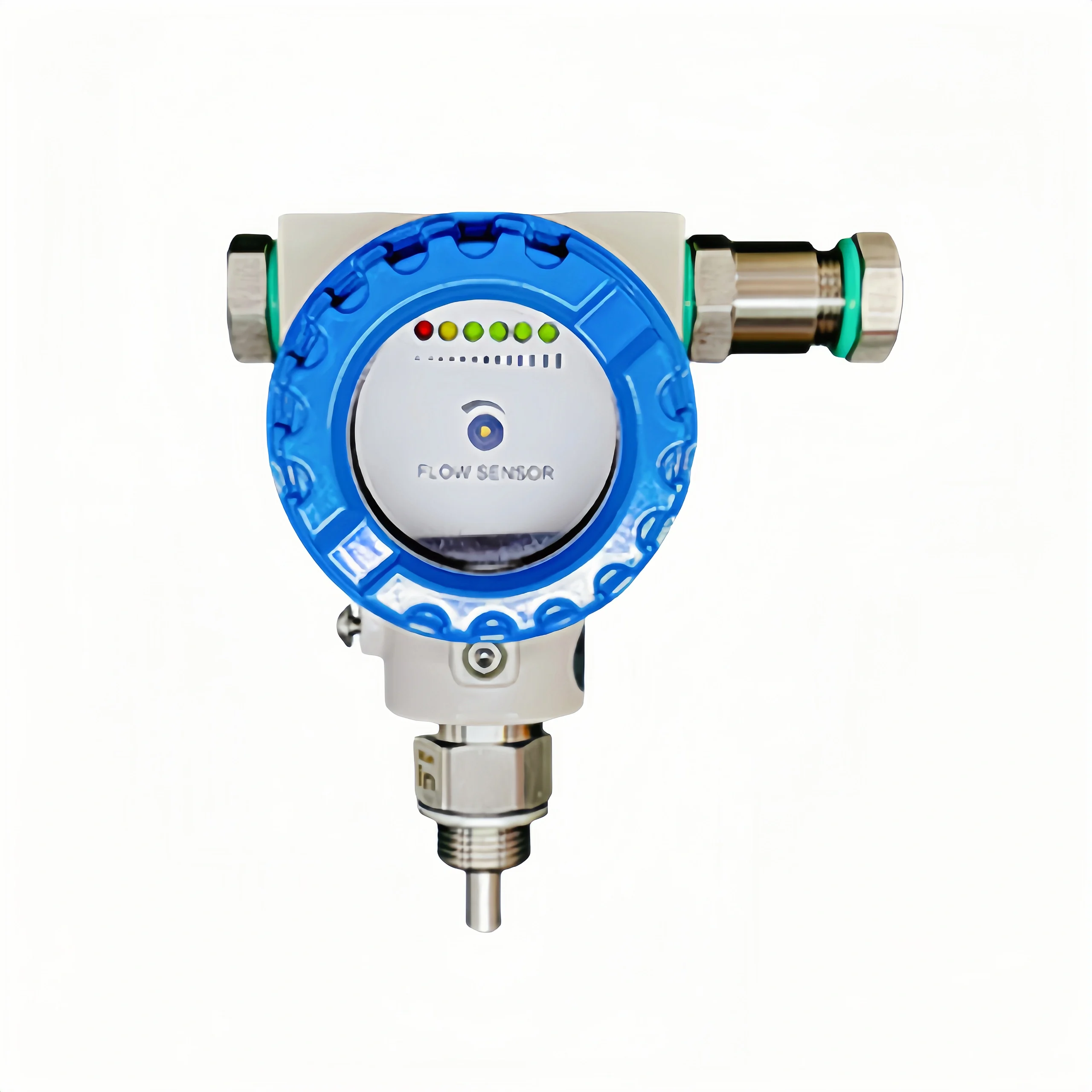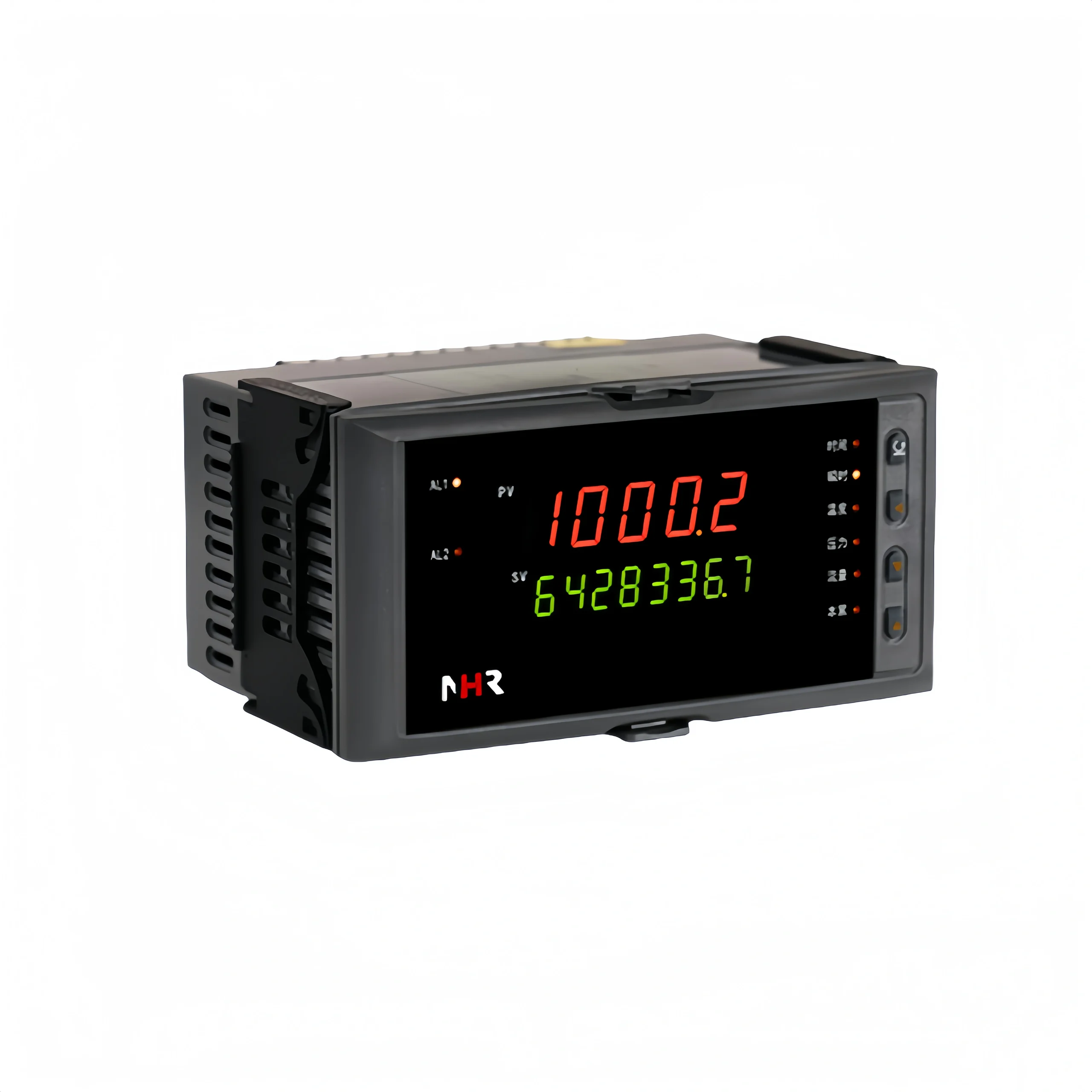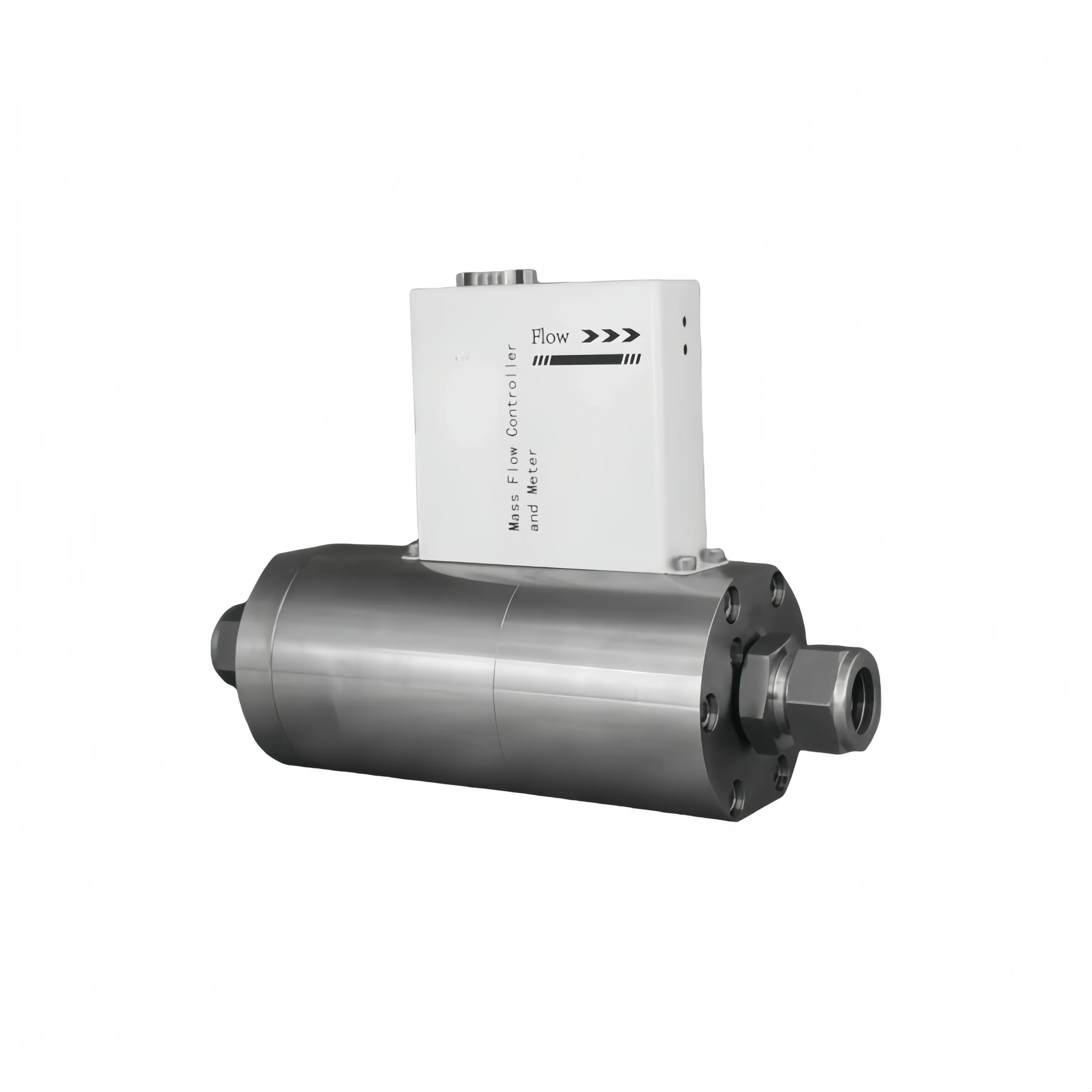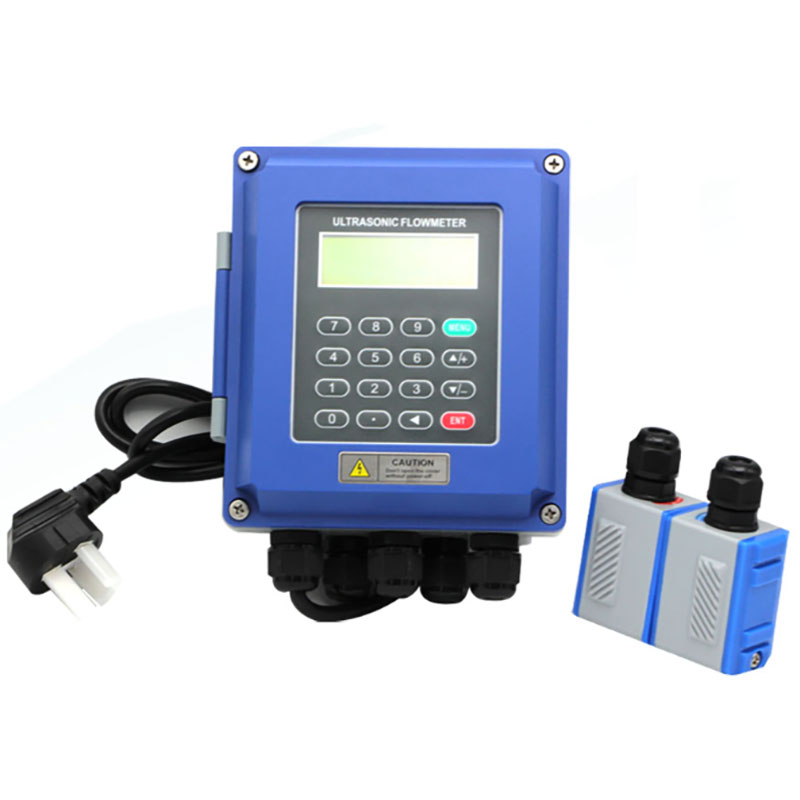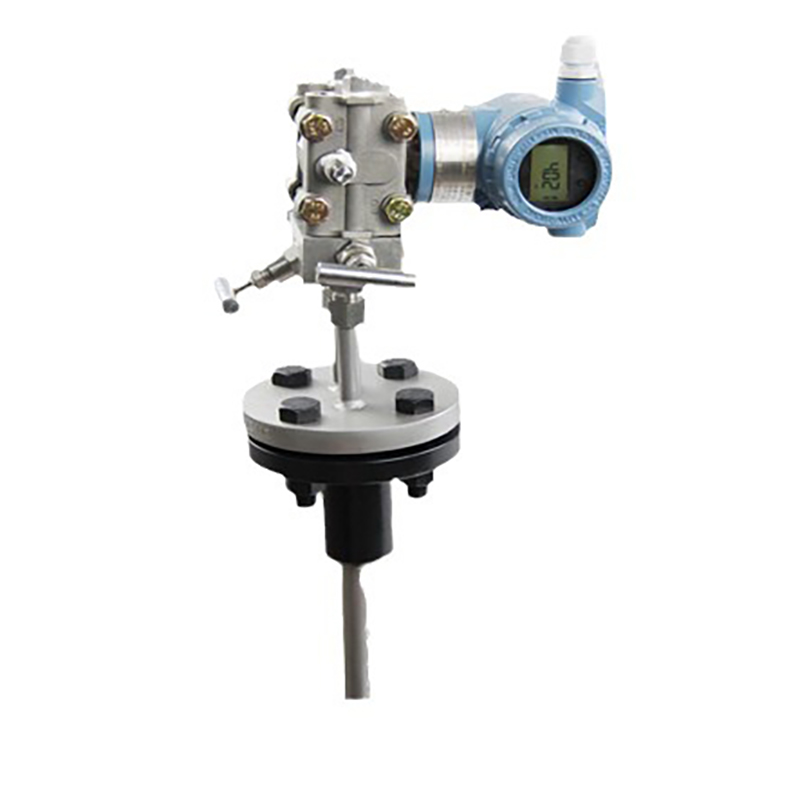In industrial applications, the right flow meter material plays an unexpected role. Sino-Inst, a supplier from China, supplies industry-leading flow meters. We can offer robust and durable materials to achieve high-accuracy measurements.
When we choose suitable flow meters, the structural material is a necessary factor. Because they can affect performance, lifespan, and reliability. There are two commonly used materials in flow meter construction. They are stainless steel and PVC. While a PVC flow meter offers price advantages and chemical resistance in some applications. A stainless steel flow meter offers superior durability, accuracy, and versatility in various industrial environments. For users seeking stability and excellent cost-effectiveness, stainless steel flow meters are undoubtedly the best choice.
The post details the differences between stainless steel and PVC flow meters to help you make the right decision.
What is a Stainless Steel Flow Meter?
A stainless steel flow meter is a flow meter made using stainless steel. Stainless steel flow meters include various types. It includes electromagnetic flow meters, turbine flow meters, gear flow meters, and mass flow meters.
Stainless steel refers to steel that is resistant to corrosion from weak corrosive media such as air, steam, and water, as well as chemical corrosive media such as acids, alkalis, and salts. In practical applications, steel resistant to weak corrosive media is often called stainless steel. While steel resistant to chemical media is called acid-resistant steel. It is usually classified according to its metallographic structure into austenitic stainless steel, ferritic stainless steel, and martensitic stainless steel.
Based on these three basic metallographic structures, duplex steel, precipitation-hardening stainless steel, and high-alloy steel with an iron content of less than 50% have been developed for specific needs and purposes.
Advantages:
- Stainless steel flow meters can adapt to various acid and alkali environments;
- Strong corrosion resistance;
- Suitable for the cleaning industry;
- Stainless steel flow meters can adapt to high-pressure environments;
- Provide accurate flow data.
Disadvantages:
- Higher cost, especially for certain high-quality stainless steel materials;
- Easily scratched, so care needs to be taken during use;
- Relatively heavy due to the high density of stainless steel, making maintenance inconvenient.
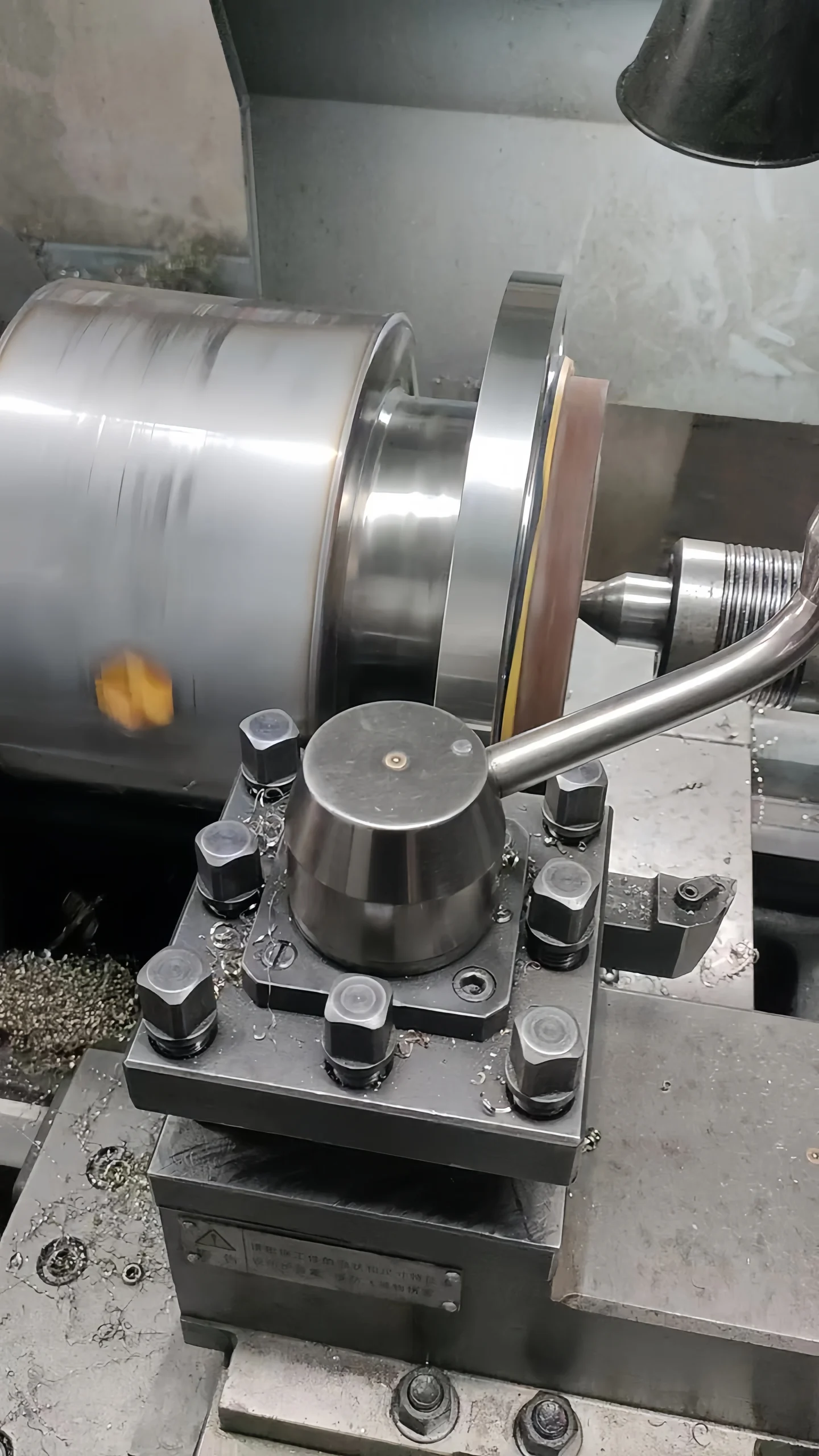
What is a PVC Flow Meter?
A PVC flow meter is a flow meter made of PVC material. PVC flow meters come in various types, rotor flow meters, electromagnetic flow meters, turbine flow meters, and GF gear flow meters, among others. PVC flow meters are adaptable to acidic and alkaline environments and have a compact structure. Its prices range from tens to thousands of dollars, which meet different accuracy and functional requirements.
Advantages:
- Simple installation, unrestricted by other conditions.
- PVC flow meters have excellent resistance to many chemicals and are resistant to acid and alkali corrosion.
- PVC flow meters have high surface hardness and excellent wear resistance.
- PVC flow meters are good electrical insulators, possessing high resistivity and low dielectric loss.
- Have a certain degree of flame retardancy, reducing the risk of fire in applications with fire protection requirements.
- Relatively low production costs.
Disadvantages:
- High maintenance costs in the later stages.
- It is prone to aging, leading to a decline in performance.
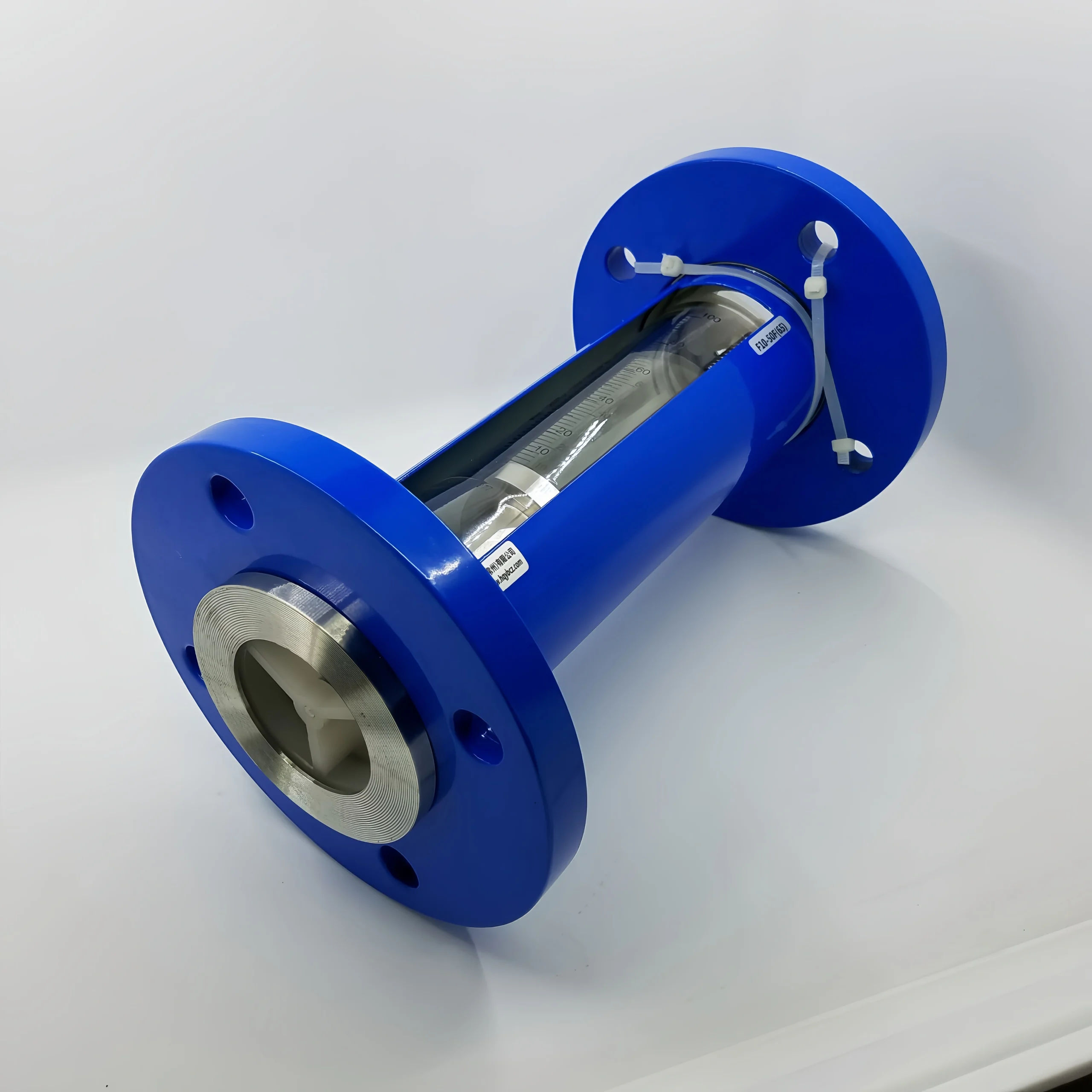
Stainless Steel Flow Meter Applications:
A stainless steel flow meters are widely used in chemical, petroleum, pharmaceutical, food, water treatment, metallurgy, and environmental protection industries. It is mainly used to measure the flow rate of liquids, gases, steam, and other acidic and alkaline media. It can withstand various high-temperature and high-pressure environments. It ensures production safety and trade transactions. A stainless steel flow meter is suitable for high-cleanliness environments (such as dairy products and biopharmaceuticals).
In various chemical industries, stainless steel flow meters are suitable for measuring the flow rate of corrosive media such as various acids, alkalis, and salt solutions. In the petroleum industry, they are used for flow monitoring in crude oil extraction, transportation, and refining processes.
In pharmaceutical and food processing, sanitary-grade stainless steel (such as 316L) is used. It meets GMP and 3A certification requirements.
Stainless steel flow meters can measure conductive liquids such as sewage, wastewater, and drinking water. They also support municipal water supply, sewage treatment, and environmental monitoring. They are used for flow monitoring of highly abrasive or high-temperature media such as slurries, mud, and steam.
Stainless steel flow meters also play a crucial role in the flow measurement of some high-temperature gases. Sino-Inst’s flow meters can withstand temperatures up to 800℃.
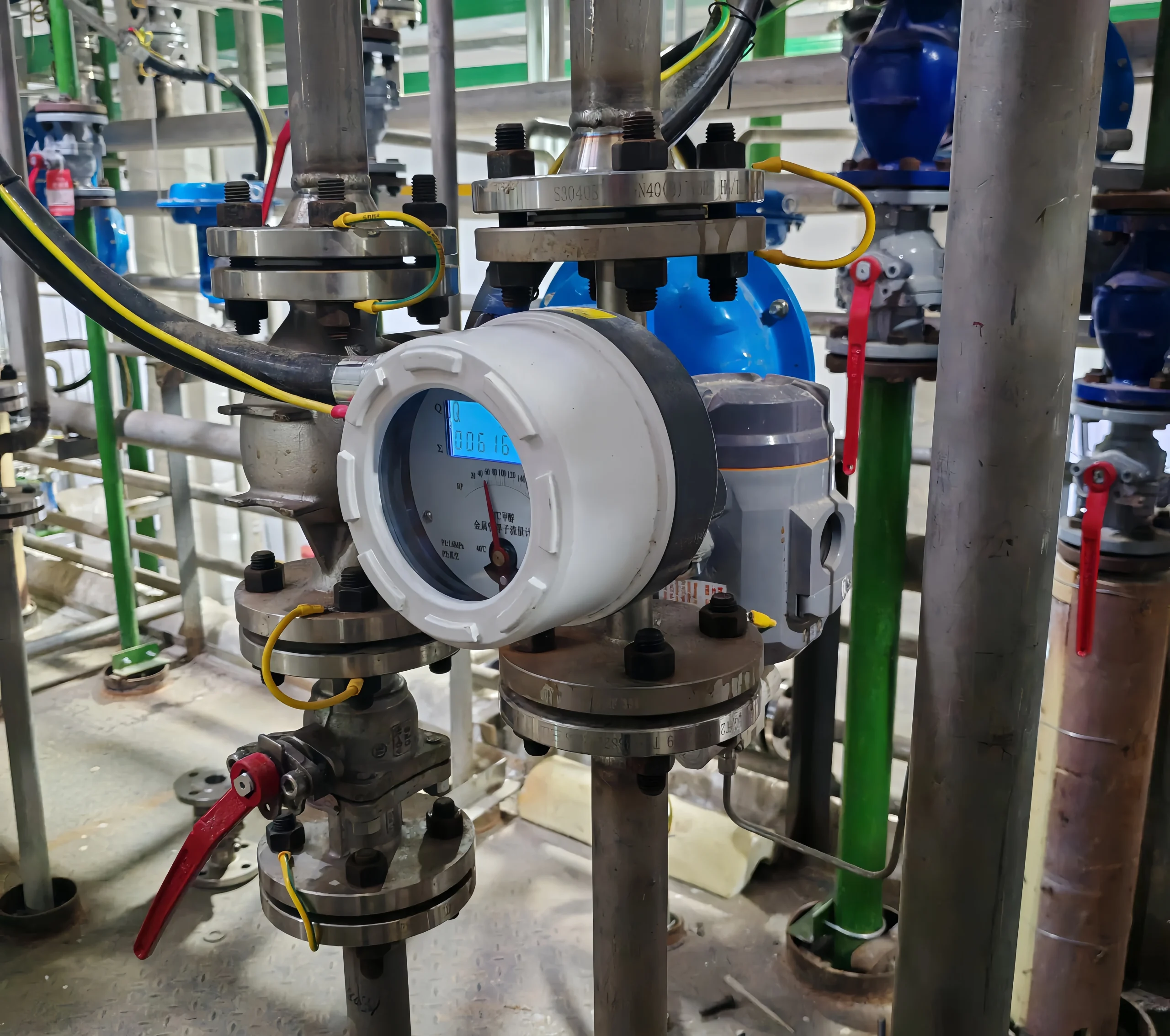
PVC Flow Meter Applications:
PVC flow meters are widely used in chemical production, environmental engineering, and water treatment. They are particularly suitable for measuring the flow rate of acidic and alkaline corrosive media. They are used to liquid metering in complex processes such as suspension polymerization and emulsion polymerization. They are suitable for monitoring the flow rate of conductive liquids such as sewage and wastewater.
PVC flow meters are usually used for liquid flow measurement in the food processing, light industry, pharmaceutical, and fertilizer industries. They are suitable for monitoring the flow rate of media such as pure water, beverages, and food ingredients.
In agricultural irrigation and aquaculture, PVC flow meters are suitable for monitoring water flow in scenarios such as farmland irrigation and pig farms. They offer high flow rates and high precision measurements.
In municipal and industrial engineering, PVC flow meters are suitable for tap water metering, pipeline monitoring, and industrial process flow control.
Sino-Inst Featured Flow Metr
Stainless Steel Flow Meters vs. PVC Flow Meters
PVC and stainless steel flow meters differ in various aspects. Based on Sino-Inst’s years of experience, we have summarized the following main differences:
Material Properties and Physical Properties
The PVC flow meter is lightweight. But they have poor strength and heat resistance. They are used to environments with temperatures ≤60℃ and pressures <1MPa. In general, PVC flow meters are prone to deformation under high temperatures or mechanical shock. The advantage of stainless steel lies in its lack of mechanical inertia and fast response speed. A stainless steel flow meter is robust and durable. It has excellent corrosion and wear resistance. They can withstand maximum temperatures up to 120°C and maximum pressures up to 40 MPa.
Corrosion Resistance and Applicable Media
A PVC flow meter is resistant to acid and alkali corrosion (pH 2-12). They are generally used to weakly corrosive media such as wastewater, sewage, and food-grade sauces.
But they can‘t resist strong oxidizing acids and organic solvents, such as concentrated sulfuric acid and hydrofluoric acid. Under such conditions, PVC flow meters are prone to expansion or cracking. If you need to measure the above media, we can also provide flow meters made of polytetrafluoroethylene (PTFE).
You can also choose higher-quality stainless steel, making it suitable for strongly corrosive media such as hydrochloric acid and hydrofluoric acid. Stainless steel flow meters usually have a wider range of applications than PVC flow meters. It is capable of measuring the flow rates of liquids, gases, and steam.
Application Scenarios and Installation
PVC flow meters are suitable for normal temperature and pressure scenarios, such as chemical, environmental protection, food, and agricultural irrigation, for applications like wastewater discharge and irrigation water. They are easy to install. But they cannot be installed in extreme environments. such as high temperatures and high pressure.
Stainless steel flow meters are widely used in high-temperature and high-pressure scenarios such as chemical, petroleum, pharmaceutical, and metallurgical industries. They need to be kept away from strong electromagnetic fields and humid environments. Both have applications in the chemical industry. But in actual use, we should pay attention to distinguishing between different application environments.
Price and Maintenance
PVC flow meters are inexpensive, ranging from tens to hundreds of dollars. They are usually used for small to medium-sized projects but have a shorter lifespan and require regular maintenance. Stainless steel flow meters are more expensive, ranging from several thousand to tens of thousands of dollars.
However, they are more durable, require less maintenance, and have a lower overall cost.
Based on Sino-Inst’s many years of experience in flow measurement, we have concluded the following:
Under normal temperature and pressure, PVC flow meters are needed for flow control of inorganic acid/salt solutions containing chloride ions. such as hydrochloric acid, brine, and electroplating solutions. They are a more corrosion-resistant and economical choice.
When handling organic solvents, oxidizing acids (nitric acid), or in applications involving high temperature, high pressure, high mechanical strength, and hygiene requirements, 316 stainless steel flow meters must be selected.

How to Choose the Material for a Flow Meter?
Different materials are suitable for different media and environments. In general, when we select the right flow meters, we should choose the lining material and electrode material. Taking an electromagnetic flow meter as an example, the following is a detailed introduction to material selection:
Linsing Selection:
- Neoprene Rubber: Wear-resistant, cost-effective, suitable for water and wastewater.
- Polyurethane Rubber: Extremely wear-resistant, suitable for pulp and slurry.
- Polytetrafluoroethylene (PTFE): It is strongly corrosion-resistant and it is suitable for many acids, alkalis, and chemicals.
A summary of electrode materials and their corrosion resistance:
- 316L: It is used for measuring slightly corrosive media such as water, wastewater, or inorganic and organic acids.
- Hastelloy C (HC): It is resistant to oxidizing acids such as nitric acid, mixed acids, or mixtures of chromic acid and sulfuric acid. Also resistant to oxidizing salts or solutions containing other oxidizing agents, such as hypochlorite solutions above room temperature and seawater.
- Hastelloy B (HB): Excellent corrosion resistance to hydrochloric acid of all concentrations below its boiling point. It is also resistant to non-oxidizing acids, alkalis, and non-oxidizing salt solutions such as sulfuric acid, phosphoric acid, hydrofluoric acid, and organic acids.
- Titanium (Ti): It is resistant to seawater, various chlorides and hypochlorites, oxidizing acids (including fuming nitric acid), organic acids, and alkalis. Not resistant to relatively pure reducing acids (such as sulfuric acid and hydrochloric acid). However, its corrosiveness is greatly reduced if the acid contains oxidizing agents (such as nitric acid, iron ions, or copper ions).
- Tantalum (Ta): Possesses excellent corrosion resistance, similar to that of glass. Except for hydrofluoric acid, fuming nitric acid, fuming sulfuric acid, and alkalis, it is resistant to corrosion from almost all chemical media (including boiling hydrochloric acid, nitric acid, and sulfuric acid below 175℃). It is not resistant to corrosion in alkalis
- Platinum-iridium alloy: It has excellent corrosion resistance to all acids, alkalis, and various salts. But it is not suitable for aqua regia and ammonium salts
- Low-noise electrode: It is available in Hastelloy or SS316 materials. It is suitable for slurries and fibrous media
- Tungsten carbide: It has good wear resistance, and it is used to measure highly abrasive media, such as slurries.
Sino-Inst PTFE flow meters:
For some operating conditions where stainless steel or PVC flow meters are unsuitable. So, we can also supply PTFE flow meters. There are two main types of PTFE flow meters: electromagnetic flow meters with PTFE lining and gear flow meters made entirely of PTFE that we offer.
Electromagnetic flow meters with PTFE lining:
Sino-Inst’s electromagnetic flow meters can use PTFE as the lining material. PTFE linings have a wonderful chemical stability. It can resist corrosion from strong acids, such as sulfuric acid and hydrochloric acid, strong alkalis, such as sodium hydroxide, and organic solvents. Therefore, they are usually used to measure corrosive media in chemical, pharmaceutical, and environmental protection fields.
Gear flow meters made entirely of PTFE:
Gear flow meters can be made entirely of PTFE. Due to its excellent corrosion resistance, high and low temperature resistance, and low coefficient of friction, PTFE is often used as the core manufacturing material for gear flow meters.
In gear flow meters, the flow of fluid causes the gears to rotate. PTFE gears ensure stable operation over long periods in corrosive fluids, improving measurement accuracy. Due to the low friction and high stability of the PTFE material, the gears can more accurately capture fluid flow information during rotation. This is key for industrial applications that require precise fluid flow measurement.
PTFE gear flow meters are usually used in the measurement of many corrosive fluids. It can handle corrosive liquids such as acids, alkalis, and salts in the chemical industry, as well as oil measurement in the petroleum industry.
Furthermore, in the pharmaceutical industry, accurate metering of pharmaceutical solutions is key to drug quality. And PTFE gear flow meter can provide accurate flow data to ensure the quantitative control of raw materials in various industries.

What is the lifespan of a flow meter?
For normal operating conditions, the lifespan of a flow meter is 6-8 years.
But under some extreme conditions, such as high temperature, high pressure, and high corrosiveness, the lifespan of the flow meter will be shortened. So, during operation, we should maintain and calibrate the flow meter regularly. The aim is to extend the flow meter's lifespan and maintain measurement accuracy.
What is the difference between a magnetic flow meter and an ultrasonic flow meter?
Magnetic flow meters are mainly based on Faraday's law of electromagnetic induction. When a conductive fluid, such as water, acid, or slurry, flows through a magnetic field, an induced electromotive force is generated. The flow rate is calculated by measuring this electromotive force.
Ultrasonic flow meters utilize the time-of-flight method or the Doppler effect. The flow velocity is calculated by detecting the time difference of the ultrasonic signal's propagation in the fluid. They are suitable for measuring liquids, gases, and even slurries.
Magnetic Flow Meter vs. Ultrasonic Flow Meter-Which One is Better?
V-Cone Flow Meter VS. Venturi Flow Meter
Coriolis Flow Meter vs Magnetic Flow Meter
Electromagnetic Flow Meter vs Turbine Flow Meter
Turbine Flow Meter and Coriolis Mass Flow Meter-Difference and Selection
All in all, stainless steel flow meters and PVC flow meters are two commonly used types of industrial process flow meters. After reading this article, you should be able to decide which type of flow meter to choose. Sino-Inst offers flow meters of various materials and types. If you are still unsure which flow meter to select, please contact us immediately. Sino-Inst’s professional engineers will recommend a suitable measurement solution for you.



